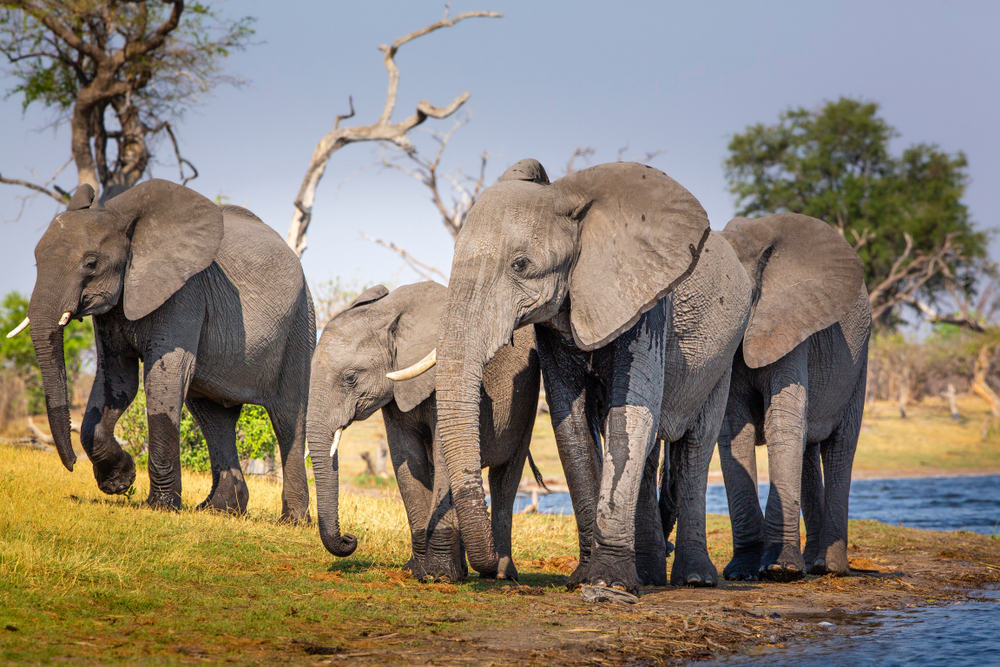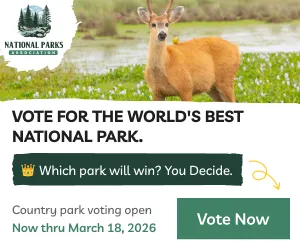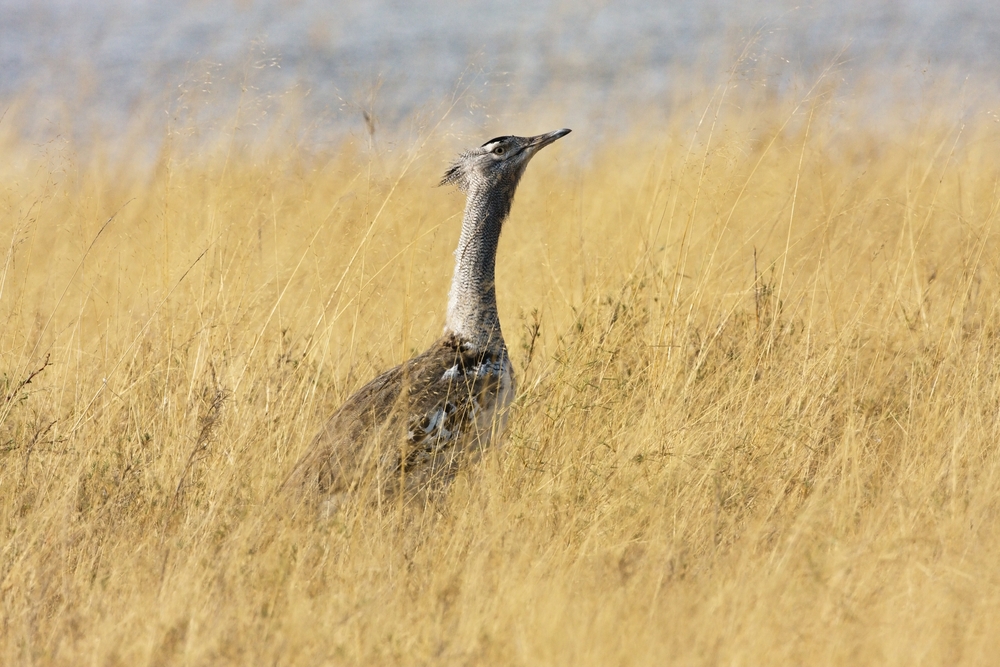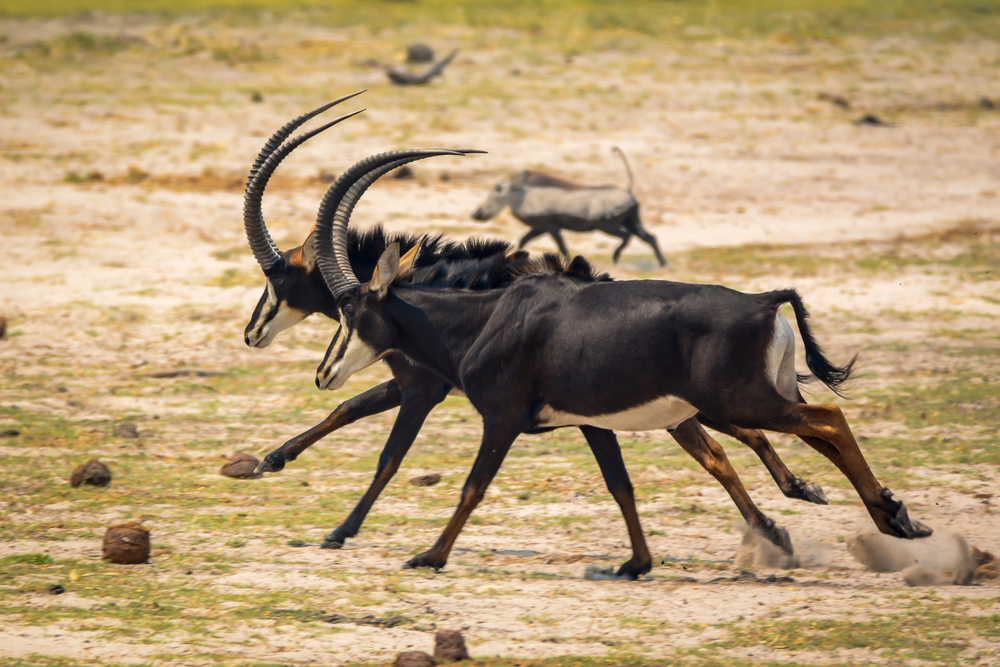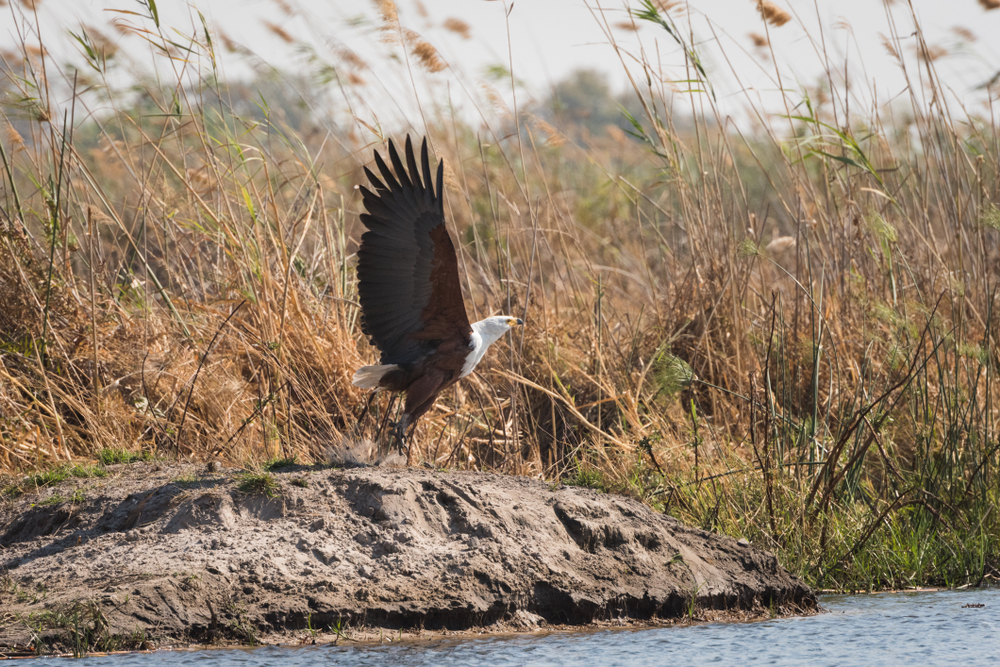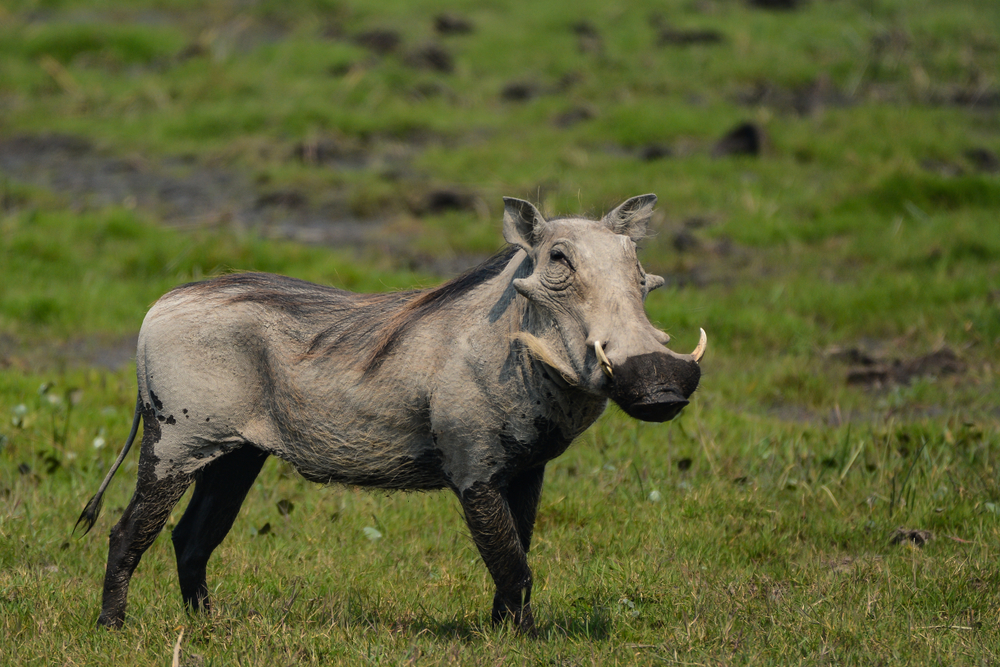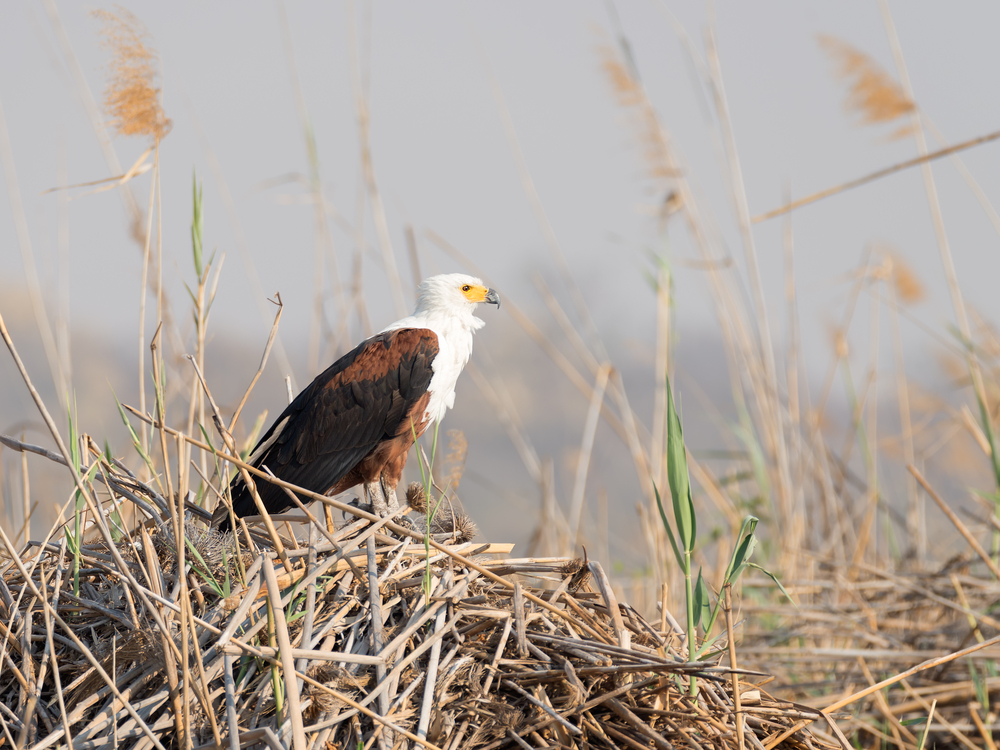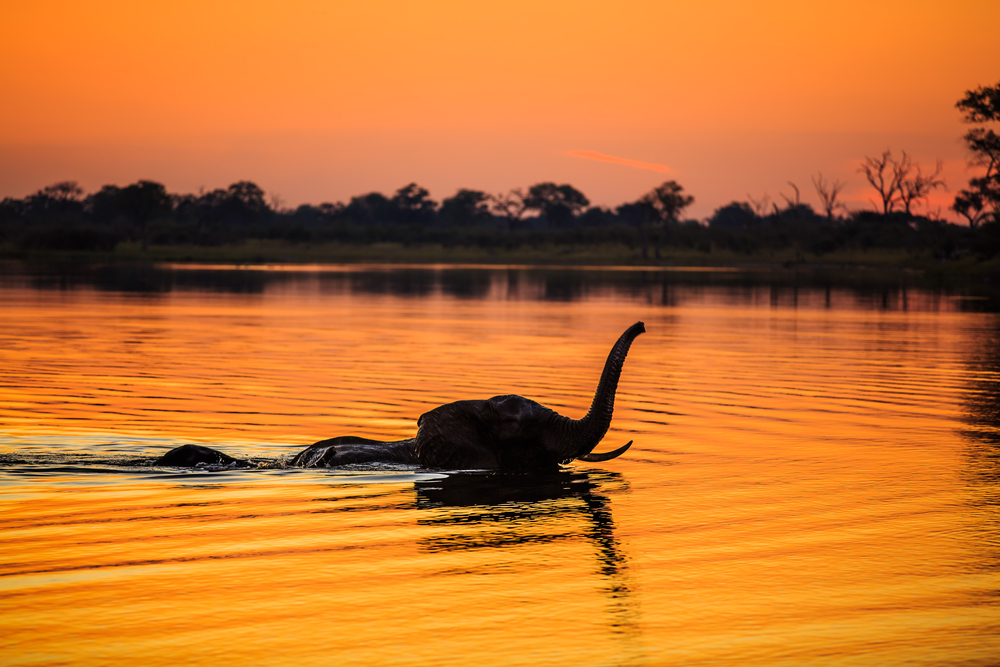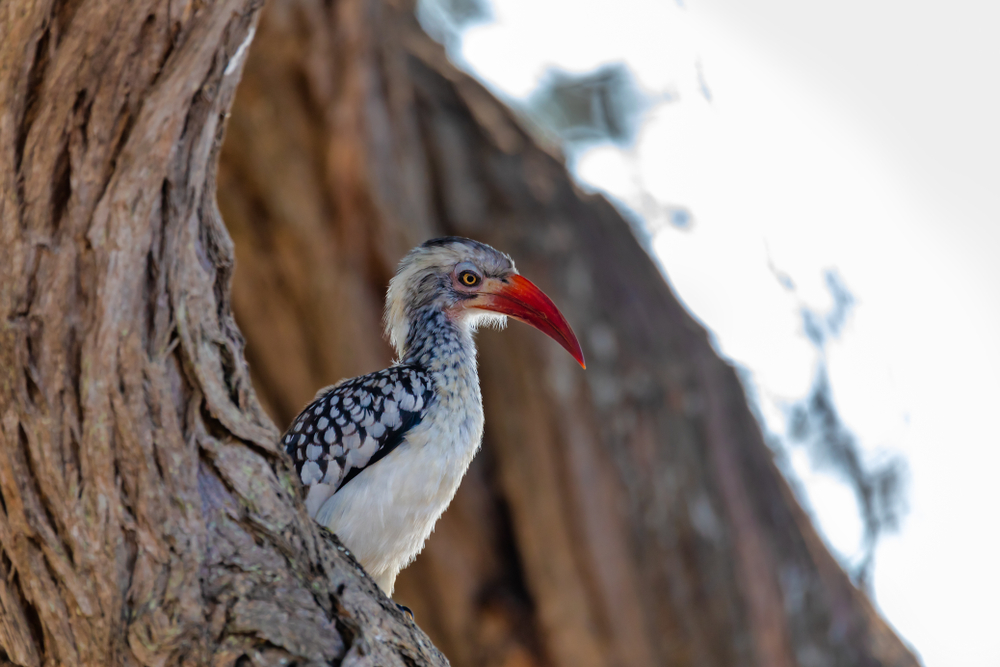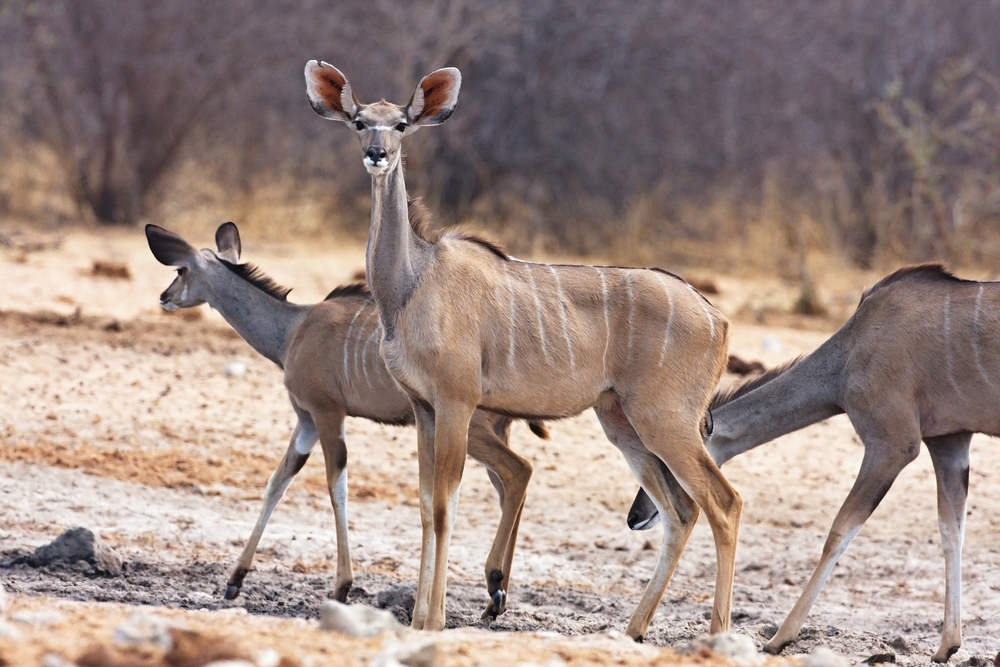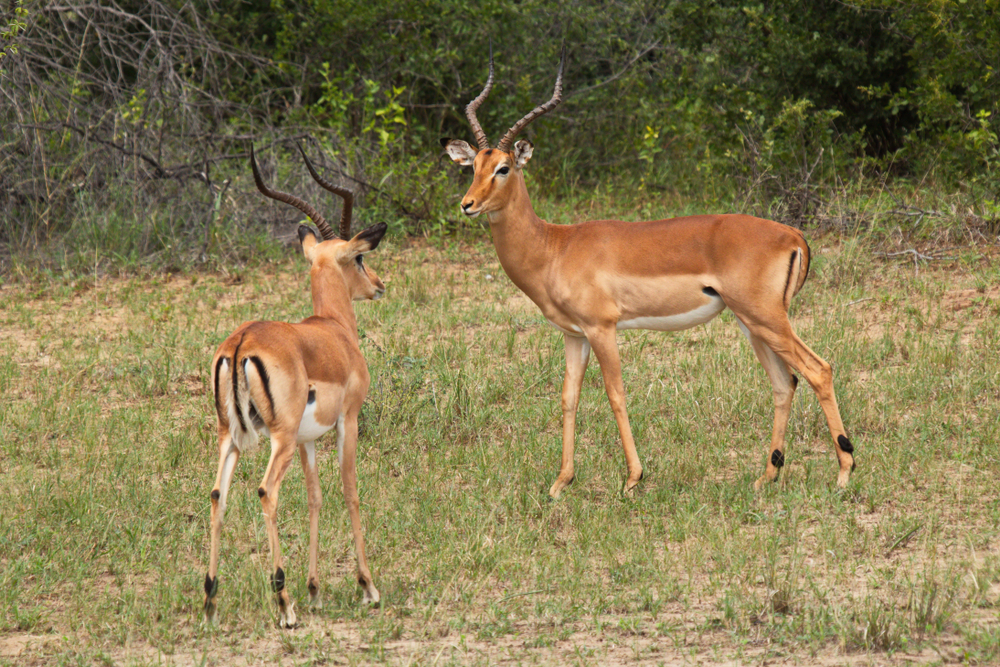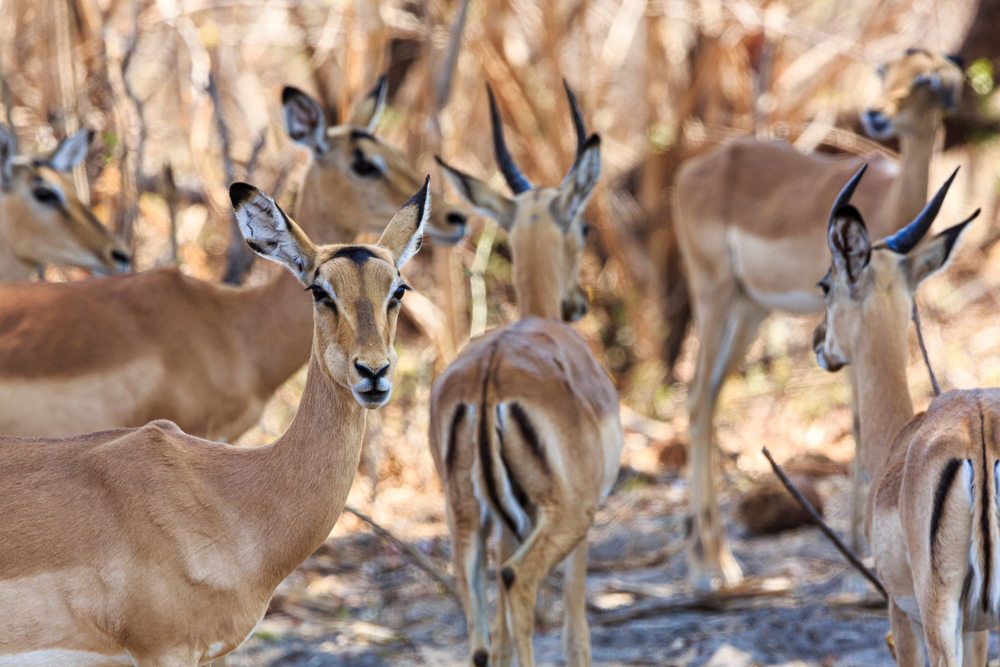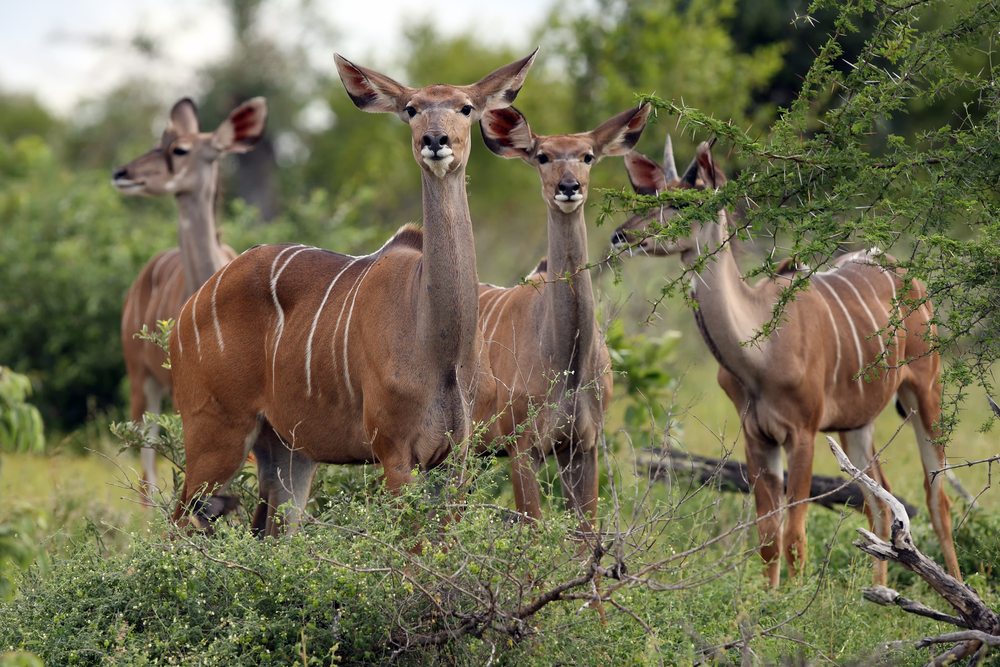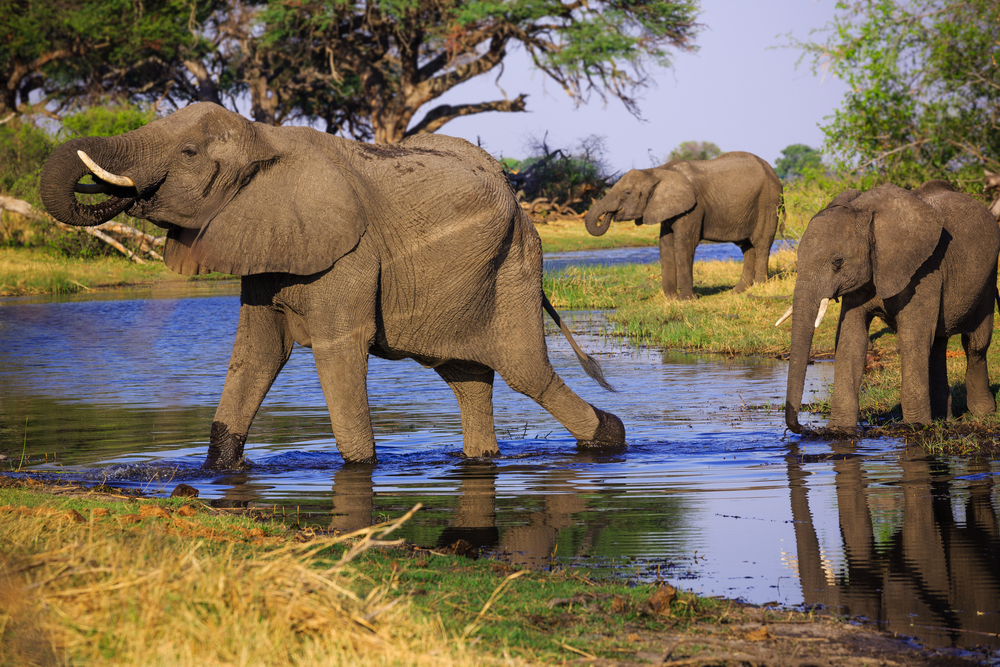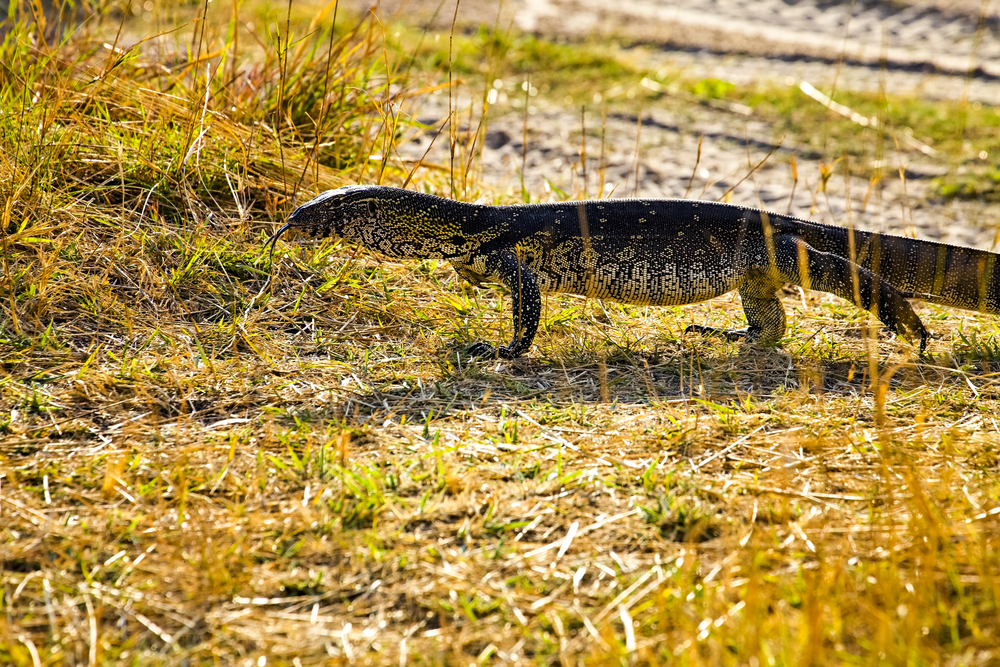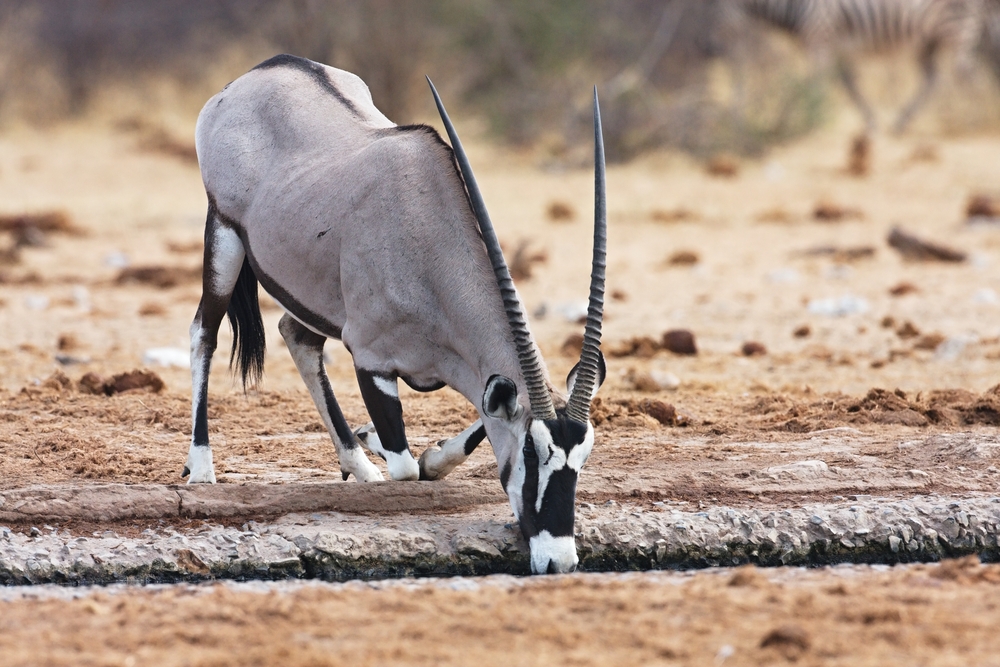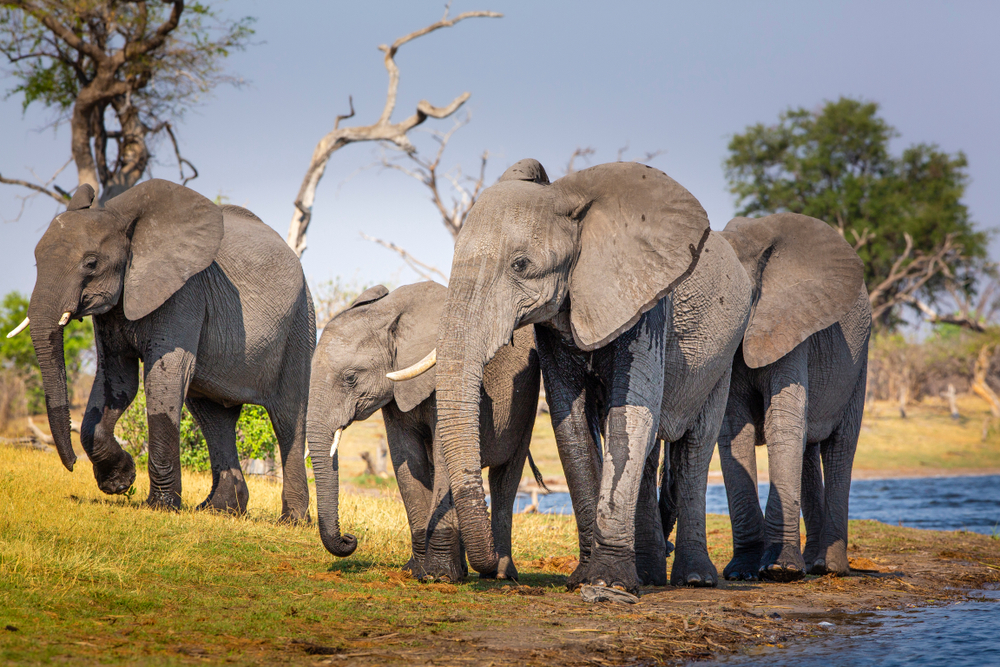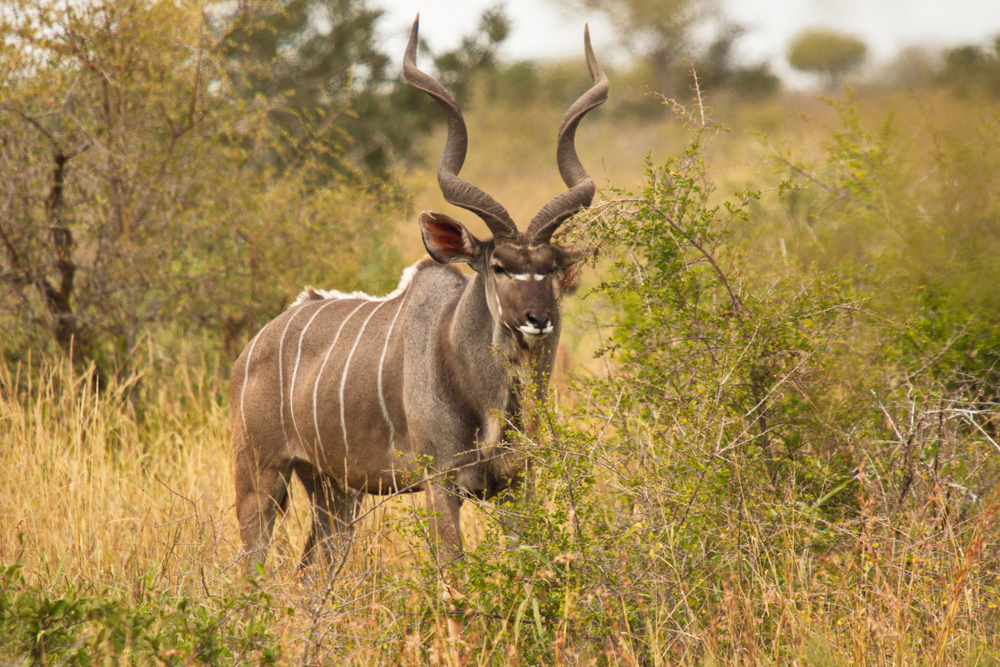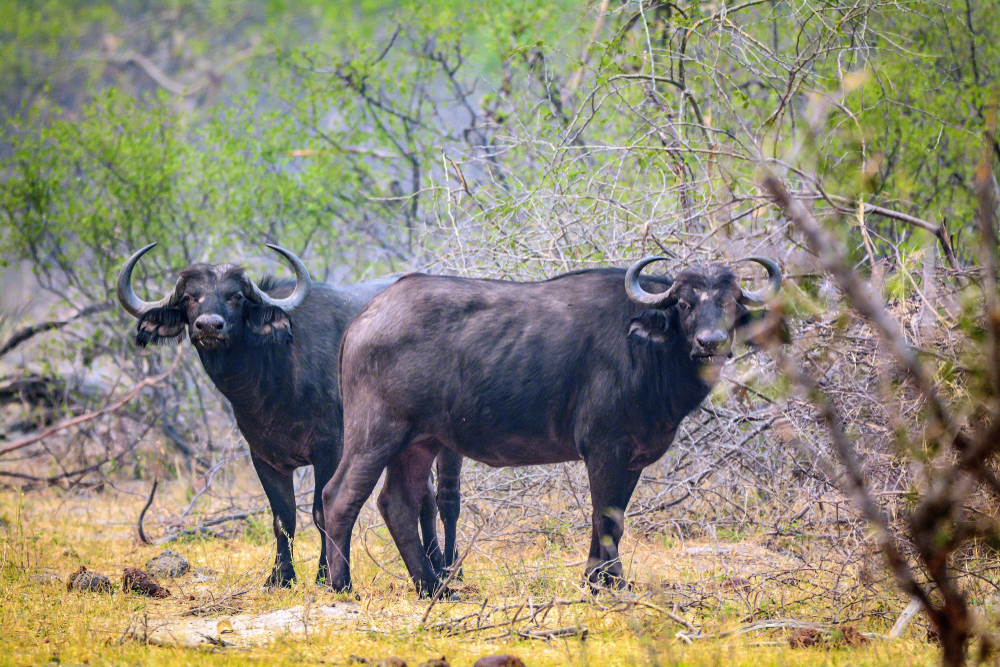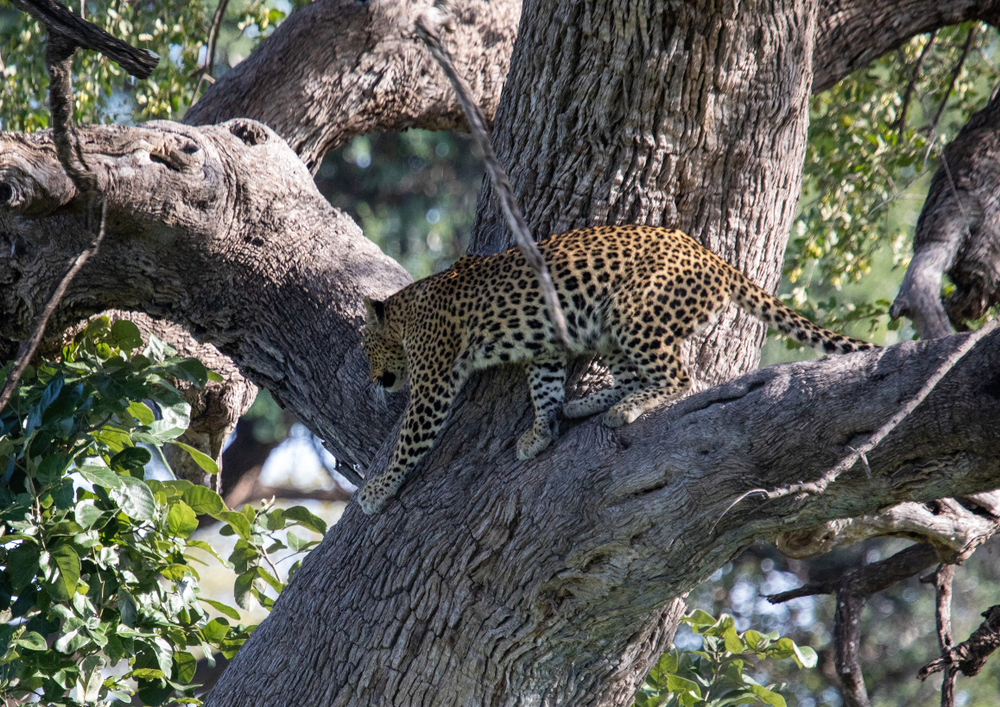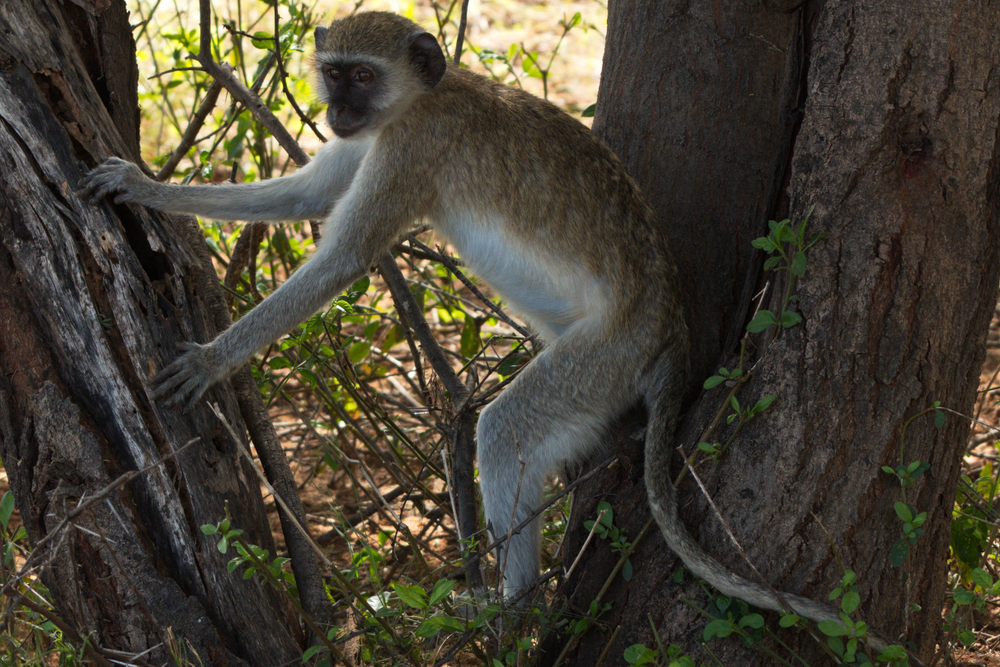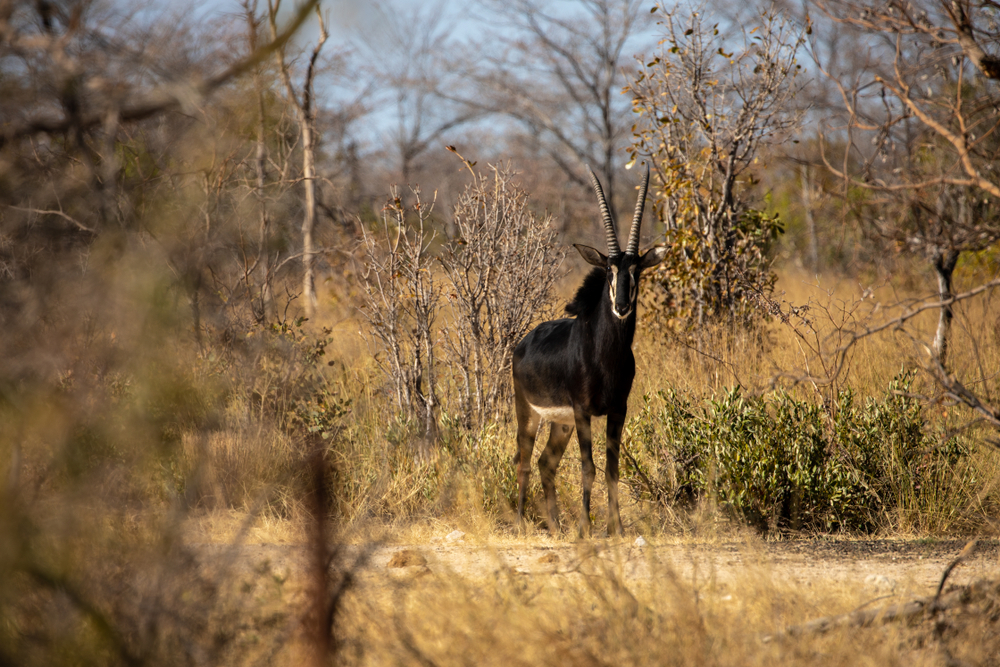Bwabwata National Park is located in the far northeastern finger of Namibia that lies across the top of Botswana. The park covers an area of 2,422 square miles (6,274 sq km) creating the second largest national park in the country after Namib-Naukluft National Park.
This is one of five neighboring national parks located in the northeastern part of Namibia including Mangetti National Park, Khaudom National Park, Mudumu National Park, and Nkasa Rupara National Park.
The Caprivi Game Park and the Mahango Game Reserve were combined in 2007 to establish the national park. The park borders are defined by the Okavango River to the west, the border of Angola to the north, the Kwando River to the east, and the border of Botswana to the south.
The ecosystem of the park is diversely comprised of Kalahari woodland, Caprivi mopane woodlands, riverine woodlands, shrub savanna biome, Caprivi floodplains, and the Okavango Valley. Zambezi teak, wild seringa, and African teak are just some of the trees providing shelter for the wildlife of the park.
Elephants serve as the backbone of the wildlife species. Other common wildlife species that visitors often hope to see include lion, leopard, cheetah, hyena, crocodile, giraffe, buffalo, roan antelope, sable antelope, reedbuck, hippopotamus, wildebeest, and zebra.
Bwabwata is also a bird lover’s paradise; it is also recognized internationally as an Important Bird Area to support bird species that are endangered or threatened. Some of the highlight species include wattled crane, African pygmy goose, coppery-tailed coucal, southern ground hornbill, Bennett’s woodpecker, and the wood owl.
Visitors may drive on their own while exploring the national park, however, they are required to have a permit. They are also required to drive solely on designated roads. Four =wheel drive vehicles are able to take advantage of some of the sandy roads along the Kwando River and the Okavango River.
Photos
Things to See
Things To Do
Bwabwata National Park Trails
Bwabwata National Park is not a traditional national park offering hiking and trails. This is a wildlife preserve and there are predator species roaming about the area. However, there are opportunities to hike in the area through guided walking safaris.
Park Protection
Bwabwata National Park was created to protect the migrating route of the African elephant as well as the diverse species of vegetation and wildlife. The park also protects and invests in the 5,500 inhabitants who live in the park. The residents also invest in the care of the park in a collaborative effort to protect the overall splendor of the region.
Sources
- African Travels, Bwabwata National Park, Namibia, https://africantravels.com/eng/destinations/namibia/national-parks/bwabwata-national-park/, retrieved August 2020.
- Atlas Obscura, Bwabwata National Park, https://www.atlasobscura.com/places/bwabwata-national-park, retrieved August 2020.
- Gondwana, Why Should You Visit Bwabwata National Park in Namibia, https://www.gondwana-collection.com/blog/why-should-you-visit-the-bwabwata-national-park-in-namibia/, retrieved August 2020.
- Lonely Planet, Bwabwata National Park, https://www.lonelyplanet.com/namibia/northeastern-namibia/bwabwata-national-park, retrieved August 2020.
- Ministry of Environment, Bwabwata National Park, http://www.met.gov.na/national-parks/bwabwata-national-park/213/, retrieved August 2020.
- Travel News Namibia, Bwabwata National Park, https://www.travelnewsnamibia.com/destinations/kavango-and-zambezi/bwabwata-national-park/, retrieved August 2020.
- Wiki Voyage, Bwabwata National Park, https://en.wikivoyage.org/wiki/Bwabwata_National_Park, retrieved August 2020.
